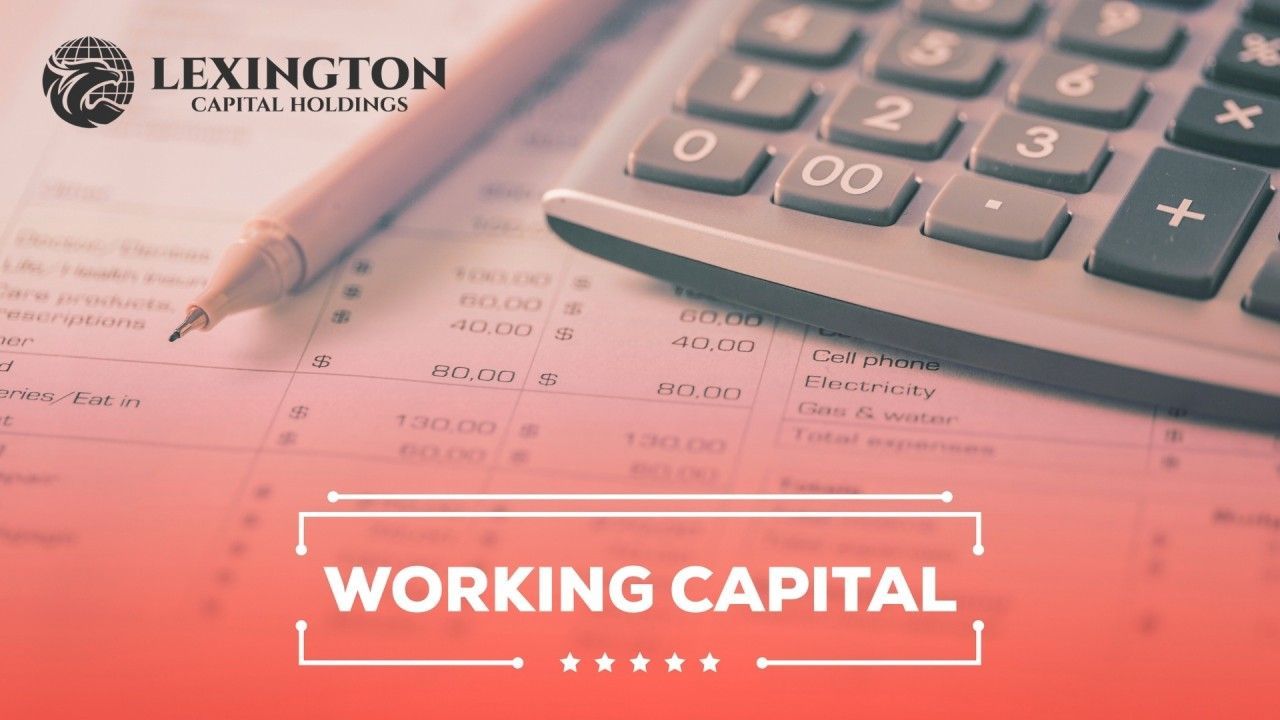The Branding Blueprint: Crafting Your Business Identity
The Branding Blueprint: Crafting Your Business Identity
Imagine walking into a store you've never been to before. The moment you step inside, you're greeted by a familiar logo, a distinct color scheme, and a consistent tone in the promotional materials. Instantly, you feel a sense of recognition and trust. This is the power of branding—a crucial element that can make or break a business in today's competitive market.
Branding is not just about a logo or a catchy tagline; it's the entire experience your audience has with your company. It's the perception that exists in the minds of your consumers, shaped by every interaction they have with your product, service, or content. Effective branding goes beyond aesthetics; it encompasses your company’s values, mission, and customer promise. Here’s why it’s so vital:
1. Building Trust and Credibility
In a world where consumers are bombarded with countless choices, trust is a valuable currency. A strong brand signals reliability and professionalism, making potential customers more likely to choose your products or services over those of a competitor. Consistency in your brand messaging and visual identity helps reinforce this trust, assuring customers that they can depend on you to deliver quality.
2. Creating Emotional Connections
Great brands evoke emotions. Whether it’s the excitement of unboxing a new gadget or the comfort of sipping a favorite coffee blend, successful branding creates memorable experiences that resonate with consumers on a personal level. These emotional connections foster loyalty, turning customers into advocates who not only repeat purchases but also spread the word about your brand.
3. Differentiating from the Competition
In crowded markets, standing out is essential. Branding is your unique fingerprint that sets you apart from competitors. It's your opportunity to showcase what makes your business special and why consumers should choose you. A well-defined brand highlights your unique selling propositions (USPs) and helps you carve out a distinct place in the market.
4. Enhancing Business Value
A strong brand is an asset that can significantly enhance your company’s value. It’s not just about current sales; it’s about building long-term equity. A reputable brand can attract better talent, foster partnerships, and even justify premium pricing. Investors and stakeholders often perceive strong brands as less risky and more stable, which can be crucial for funding and growth opportunities.
5. Guiding Marketing and Business Strategy
Branding provides a clear framework for all your marketing and business strategies. With a well-defined brand, you have a blueprint that guides your messaging, design choices, and customer interactions. This coherence ensures that all efforts are aligned, making your marketing campaigns more effective and your business strategies more focused.
6. Driving Customer Loyalty
Loyal customers are the backbone of any successful business. Branding plays a pivotal role in cultivating this loyalty by ensuring that customers know what to expect every time they interact with your company. Consistency in delivering your brand promise builds a loyal customer base that trusts your brand and remains committed over time.
Conclusion
Branding is the silent ambassador of your business. It’s the thread that ties together every element of your company, creating a cohesive and recognizable entity in the minds of consumers. By investing in your brand, you’re not just creating a logo or a slogan; you’re crafting an experience, building trust, and laying the foundation for long-term success. In essence, effective branding is not a cost but an investment in the future of your business.

In today’s business world, financing options are everywhere—but choosing the right path can feel overwhelming. From traditional bank loans to alternative lending solutions, the fine print and fast-changing requirements often leave business owners spending more time deciphering funding terms than actually running their businesses. That’s where the value of a dedicated funding advisor truly shines. At Lexington Capital Holdings, we’ve seen firsthand how personalized guidance can transform the funding experience for business owners of all sizes.

When most business owners think about financing, the first stop that comes to mind is usually the bank. After all, banks have been the “traditional” source of business loans for decades. But here’s the reality: what they don’t tell you can cost your business time, opportunities, and growth. At Lexington Capital Holdings , we work every day with businesses who’ve been slowed down—or shut out—by traditional banks. Here’s what we see most often:
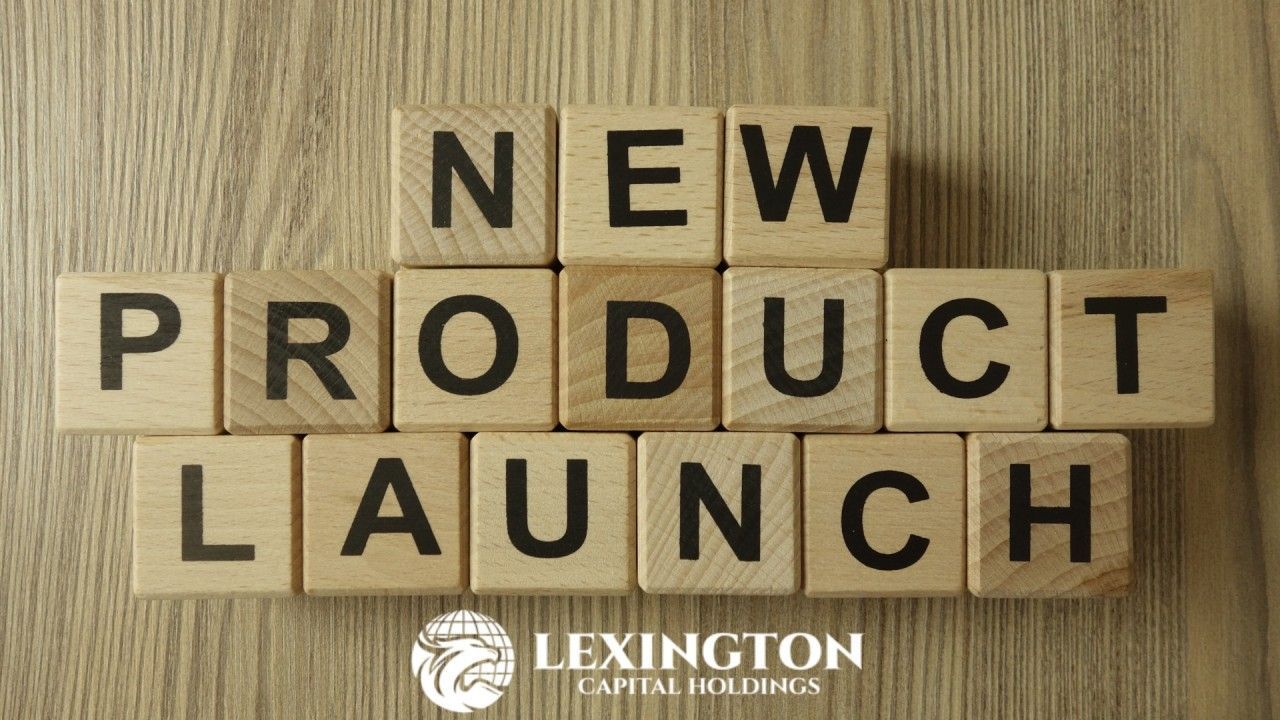
Got a game-changing idea for a new product or service—but unsure how to fund the rollout? You’re not alone. Many business owners hit a wall between concept and execution—not because they lack innovation, but because they lack the capital to bring it to life. That’s where smart business financing steps in. At Lexington Capital Holdings, we’ve helped countless entrepreneurs turn ideas into income with funding tailored for launches.
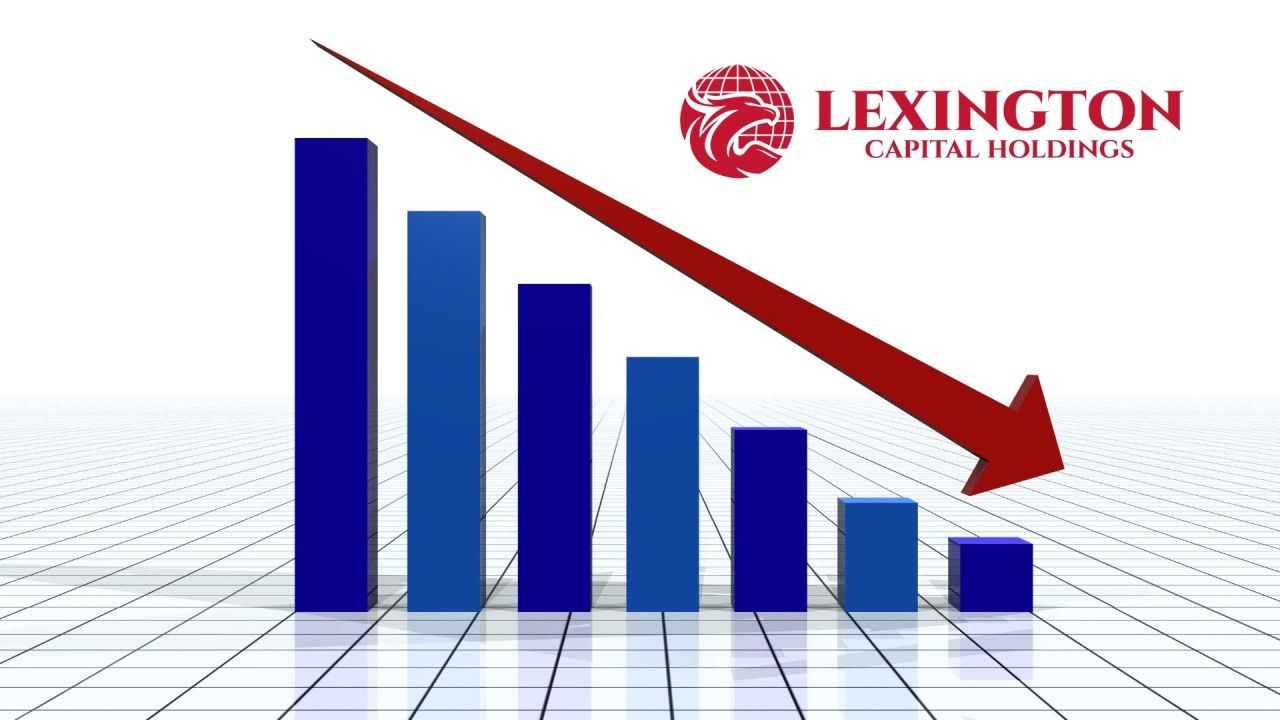
Recessions, inflation, supply chain shocks—economic downturns can feel like a storm you didn’t see coming. But small businesses that survive (and even thrive) during challenging times have one thing in common: They plan ahead and act decisively. At Lexington Capital Holdings, we’ve helped countless businesses navigate uncertainty. Here are some of the top strategies we’ve seen work when times get tough.
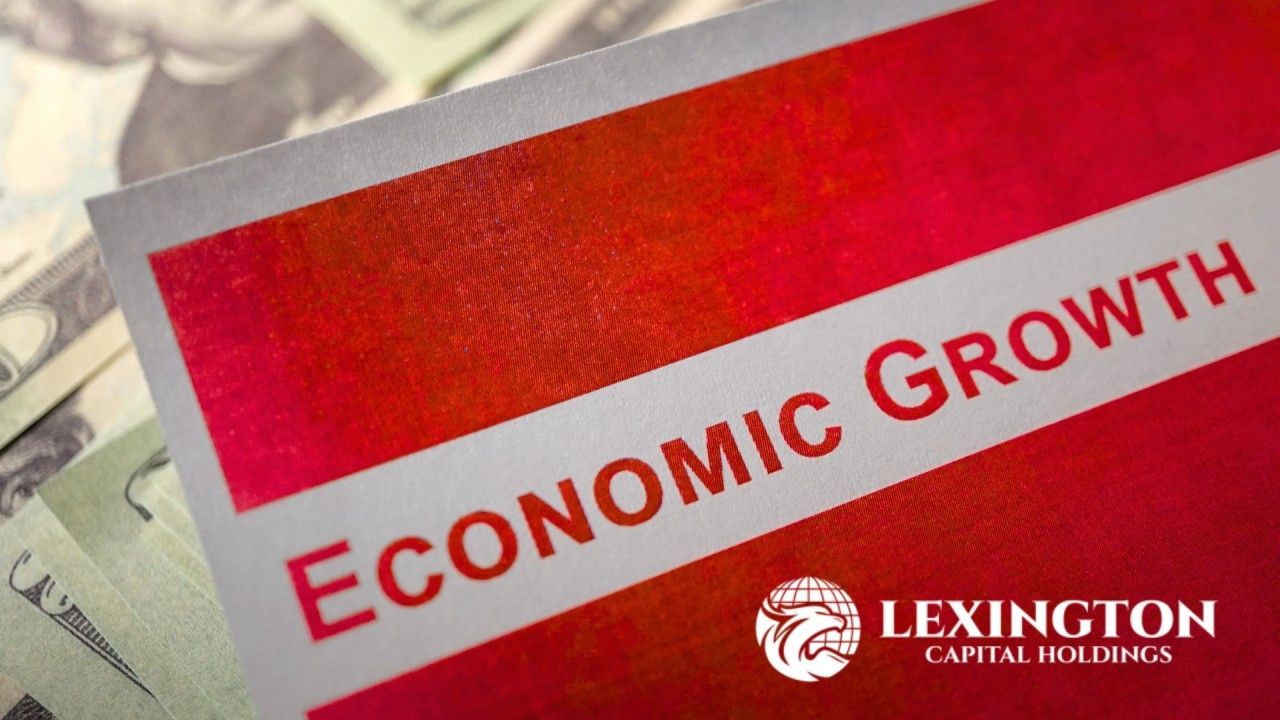
When most people think of business lending, they picture big banks and long applications. But in today’s economy, alternative lenders are quietly becoming the backbone of small business growth. At Lexington Capital Holdings, we’ve seen firsthand how alternative financing doesn’t just help individual businesses—it plays a vital role in driving economic expansion, creating jobs, and fueling innovation.

Strong vendor relationships can make or break your operations—especially in industries where supply chains and payment terms are critical. What many business owners overlook? Financing isn’t just for survival or growth—it’s also a powerful tool to build trust with your vendors. At Lexington Capital Holdings, we’ve seen how access to fast, flexible capital transforms not just cash flow—but your reputation.
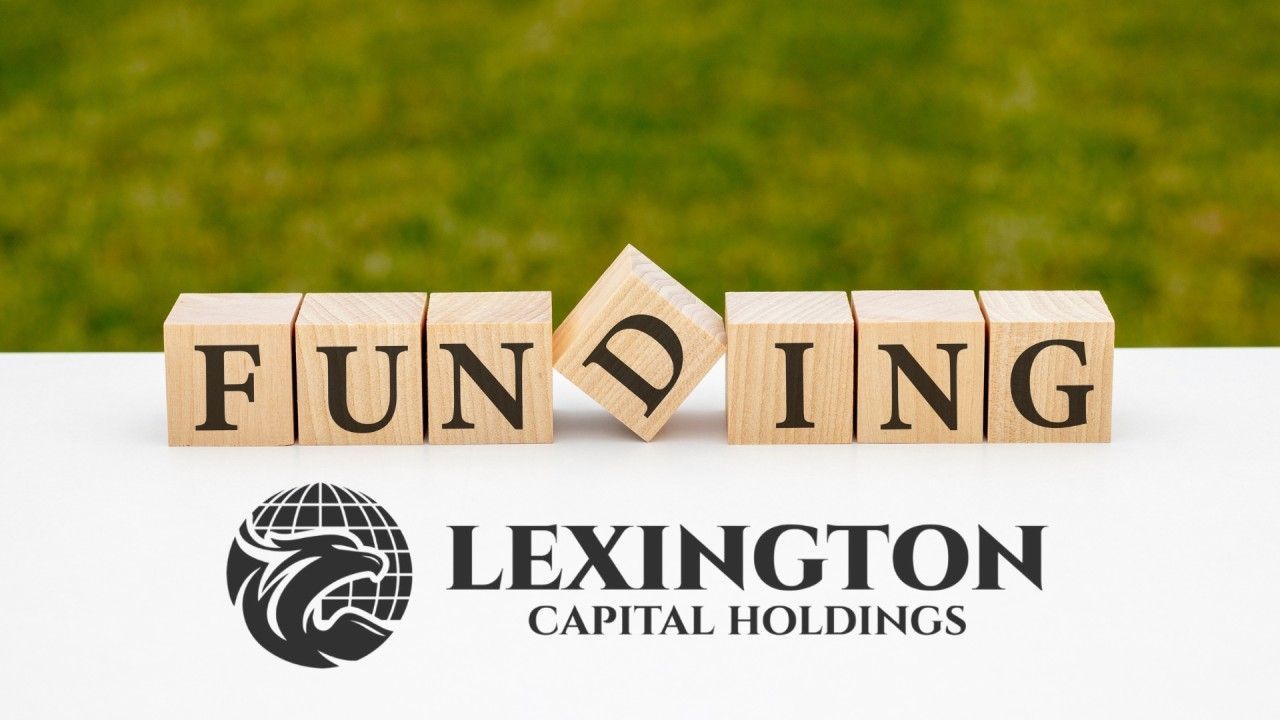
You’ve heard the saying: Don’t put all your eggs in one basket. That advice doesn’t just apply to investing—it’s essential in how you fund your business. At Lexington Capital Holdings, we’ve seen the difference between businesses that rely on one funding source—and those that have options. The difference? Stability, leverage, and long-term growth.
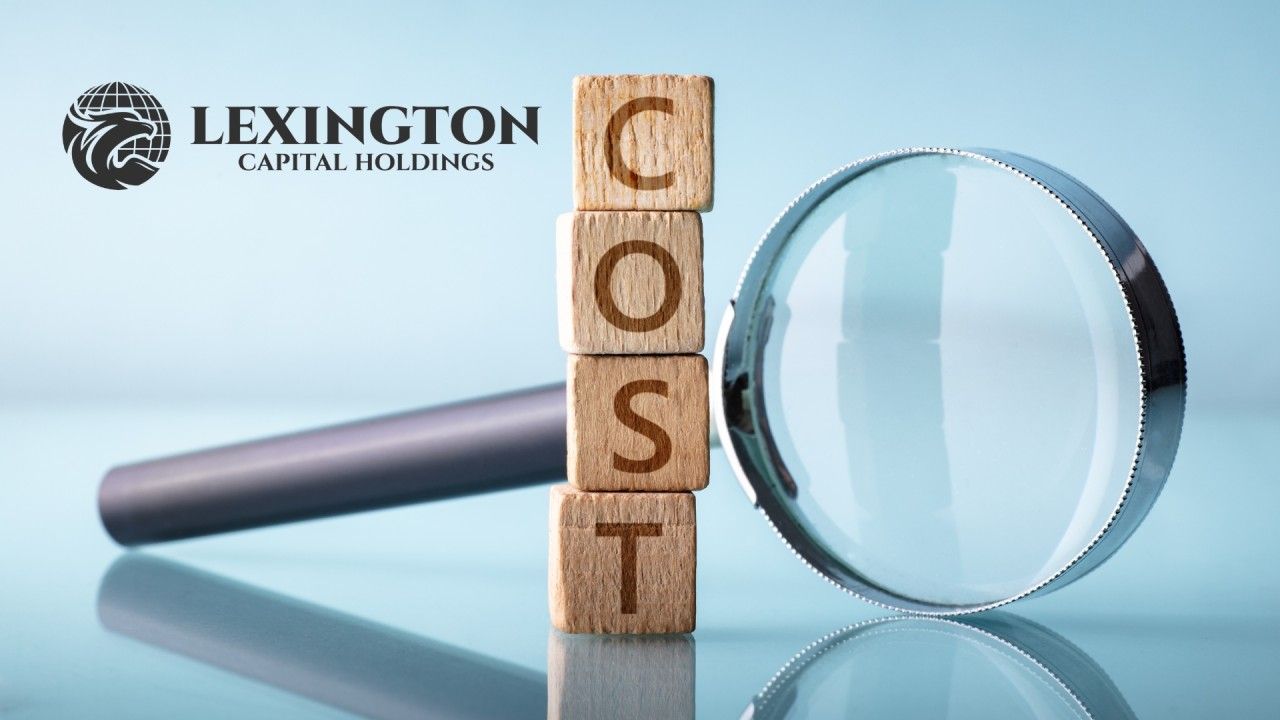
When cash flow feels tight, many business owners hit the brakes on investments. It might seem like the safe move—wait it out, build reserves, and reinvest later. But in reality, delaying the right investment can quietly drain your business. At Lexington Capital Holdings, we’ve seen how hesitation can cost more than action—and we’re here to help you make confident, timely moves.

In business, timing is everything. Whether it's securing a major inventory deal, taking on a new client, or covering unexpected expenses— opportunities don’t wait. And neither should your funding. At Lexington Capital Holdings, we believe that access to fast capital can be the difference between a missed chance and a major win.

